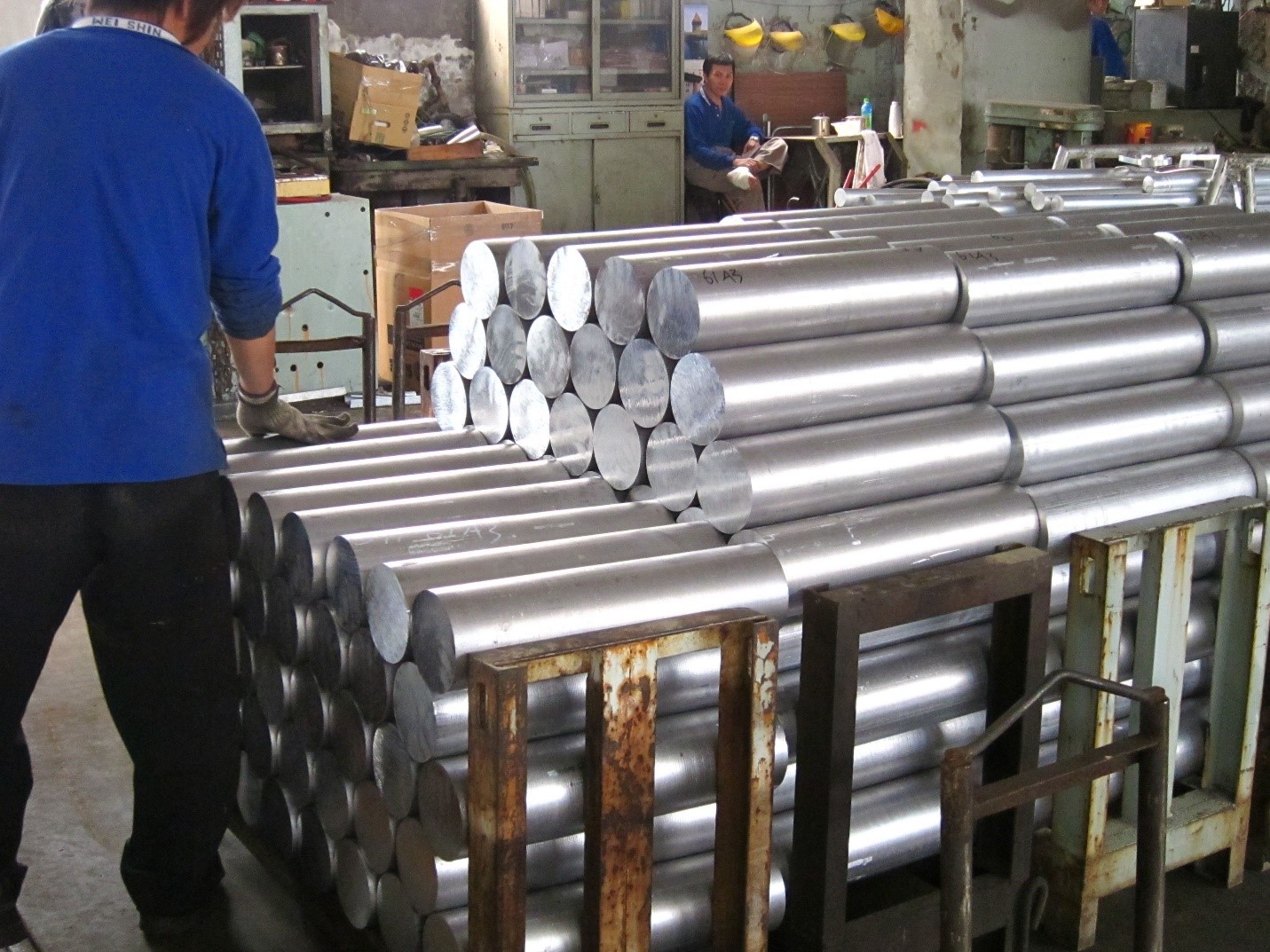Staying competitive in the rapidly evolving fields of product development and manufacturing frequently depends on speed. Aluminum extrusion has been a game-changer among prototyping techniques, greatly speeding up the innovation process. Let's examine how this adaptable method is transforming prototypes and driving swift developments in a variety of industries.

Rapid Iteration and Design Flexibility
Quick and simple design revisions are possible using aluminum extrusion prototyping. Aluminum extrusion dies can be easily and affordably updated, in contrast to conventional manufacturing techniques or even plastic injection molds, which can necessitate significant tooling changes for every design iteration.
Because of this versatility, engineers and designers may quickly test several iterations of a product. They can quickly and affordably add functional features, experiment with different wall thicknesses, and adjust cross-sections.
Cost-Effective for Low to Medium Volume Production
The affordability of aluminum extrusion prototypes for low to medium-volume production is one of its biggest benefits. When it comes to complicated designs, aluminum extrusion dies typically have lower initial tooling costs than other manufacturing techniques.
Due to the decreased entrance barrier, businesses are able to proceed from concept to working prototypes and even small-scale production runs without having to commit to large-scale manufacture. Startups and small to medium-sized businesses who need to gauge consumer response before increasing production may find it especially helpful.
Superior Material Properties and Functionality
Because of its inherent qualities, aluminum is a great material for prototyping in a variety of sectors. It has good thermal and electrical conductivity, is corrosion-resistant, and is lightweight but robust. These features enable the development of working prototypes that almost replicate the functionality of the finished product.
Furthermore, finishing or treating aluminum extrusions after production is a simple process. Prototypes can be treated with anodizing, powder coating, or machining to evaluate not just form and fit but also the final aesthetic and functional qualities. The capacity to produce prototypes that are almost production-quality speeds up the testing and validation stages, resulting in quicker cycles for product development.
Scalability from Prototype to Production
The smooth transition from prototype to full-scale manufacturing is one of the main benefits of aluminum extrusion prototyping. With very few adjustments, bigger production runs can frequently be produced using the same dies and procedures that were used for prototypes.
Because of its scalability, this process of going from prototype to production doesn't require redesigning or retooling, which is a major bottleneck in the creation of new products. It enables businesses to swiftly adapt to market demands and scale up production as necessary without experiencing the usual delays that come with switching from prototyping to manufacturing procedures.
Enhanced Collaboration and Communication
Prototyping with aluminum extrusion helps design, engineering, and production teams work together more effectively. Rapid production of tangible, working prototypes improves design intent communication and enables hands-on testing by all parties involved.
This physical depiction of concepts expedites the decision-making process and minimizes misinterpretations that may arise from merely using 2D drawings or digital models. These prototypes can be used far earlier in the development process by marketers to gather early customer feedback, engineers to conduct real-world testing, and manufacturing teams to offer suggestions on producibility.
Bottom Line
Aluminum extrusion prototyping is a powerful tool in the innovation toolkit. It greatly expedites the process from concept to market-ready product. Aluminum extrusion prototyping stands out as a critical enabler of speed and efficiency in product development as industries continue to demand shorter innovation cycles.
















